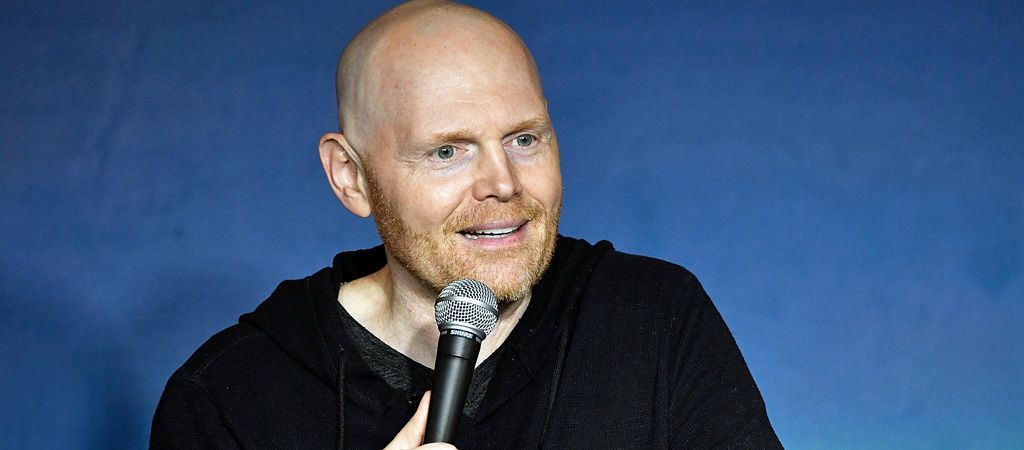Ahmad Rashad has had an absolutely fascinating life. He was an elite athlete dating back to his days as an All-American at Oregon, going on to become a Pro Bowl receiver in the NFL and being elected into the College Football Hall of Fame. However, to many in my generation, he was the NBA’s premier storyteller in the 1990s, the man who brought us closer to our favorite players — most notably Michael Jordan — through interviews and stories told both on the sidelines for the NBA on NBC and Inside Stuff.
Few athletes have made the transition to broadcasting so smoothly and successfully as Rashad, particularly going into a sport other than the one they starred in. Now 71, Rashad can offer a unique perspective on the ever-changing sports landscape, one in which eras are often put against each other for comparing and debating rather than simply celebrating the greatness we’ve seen over the history of sport. To that end, Rashad has a new series available to stream on ESPN+, Ahmad Inside, in which he interviews five legends from the NBA in the ’80s and ’90s — Charles Barkley, Clyde Drexler, Patrick Ewing, Gary Payton, and Pat Riley — to look back on their careers, swap stories, and reminisce about a time in the NBA that was dominated in championships by a few teams, but had plenty of great teams and stars beyond those that won rings.
This week, Rashad spoke with Dime over the phone about the series, why he wanted to tell these stories, appreciating greatness beyond just championships, and why he’s not one to compare eras, instead choosing to celebrate the uniqueness of each one.
We talked last year about The Last Dance and the Inside Stuff reunion. Getting back together and The Last Dance bringing up all those memories, did that have a role in sparking your interest in doing this series with ESPN and talking with these guys about the ’80s and ’90s in the NBA?
Well, maybe a little bit, because I think that I was trying to explain how competitive that era was. How many great teams, how many great players they had during that era. And that sort of gives you a different look at The Last Dance, and what they did was incredible, you know? To win six championships when the league was so competitive is a step up, you know, as opposed to just running through everybody. They didn’t run through everybody. It was competitive every single year that they won that title. So I thought by talking about the league and how the league was during that time would give you a little more insight into what that was all about.
So much of the basketball conversation revolves around rings and revolves around championships. But to be able to go back and celebrate these players who didn’t win a championship, but are Hall of Famers and were the greats of that era, I think that’s important the further you get removed from it to remind people of that, right?
Yeah, Robby, you’re absolutely right. And I thought that I was doing these guys a service to sort of show how great the league was at that time, how competitive the league was at that time, and how great these players were. They weren’t just like kind of good, they were serious superstars. And it was a lot of them. It wasn’t like a few. And a lot of teams that had them. You know, it was never … at the beginning of the season, you might think who might win the championship, but there was never just a lock. There was never a lock of “this team’s gonna win.”
What were the things that you found most enjoyable about being able to go back down memory lane with these guys, and relive some of these stories? And what does it mean to you to be able to be the storyteller of this era?
Well, I felt like it was my role because I did have relationships with all these guys during that time and even still now, but to sort of show … there’s a lot of young people that never saw these guys play. They’ve only seen the nowadays players play. So they are making comparisons without really knowing what it was like during that time. So it was my way of saying, “Let’s just take a look at some of these great players that played during that time,” to realize how great this era was, how great these teams were, and really, how great these players were. I mean, almost each one of them had something to do with the Dream Team, which is one of the greatest teams ever assembled in any sport. And when they picked the top-50 players — remember back in the ’90s, the top-50 players they came up with? Over 30 percent of them were from the ’90s.
It’s an interesting group that you talk to for this series. All of them pop up in The Last Dance in different ways because they all intertwined with Michael Jordan throughout this era and had great battles with him. When you talk to these guys about that, what do you see from them and in how they remember those battles? Because obviously for the guys who came up short it’s painful, but also, do you find that there’s a sense of pride in, “We were the guys that pushed Michael, that made him push to be as great as he was. Because he couldn’t have been that without us necessarily in the way, always providing that resistance”?
Yes I do, because everybody gets pushed to greatness. You need greatness around you to achieve greatness. And they all were relishing in the past, and really having fun talking about how great it was to compete for a championship against the best player that ever played the game and the Chicago Bulls. Man, they all had something to say about that. It was kind of interesting, their relationships with Michael, some of them started in college or the Olympic team or they had known each other from way back. So, it was one of those kinds of things that they went through. So it wasn’t like, nobody is really down. And I think Charles Barkley probably said it best when he said that, “We thought we were gonna beat him. And we brought our guys, but you got to realize that they didn’t sweep us.” You know, they didn’t sweep anybody. That’s how good the competition was.
So I think every player, really, when you realize that competition makes you great — and each one of these guys were great competitors, I mean, the top of the list competitors — that was like a highlight to be in that situation to play for championship. The fact that they didn’t win it, well they lost to one of the greatest players that ever played. And so there’s a respect. There’s a respect there. I think they did all they could. A few of them won later, but they did all they could to try to win at that time. And they also feel, even when you see these guys together, they really respect each other. That was a great time to play with great rivalries and they really have wonderful respect for the greatness in each player.
Pat Riley, in particular, I think has an interesting perspective because he’s still involved in the day to day of the NBA today running the Miami Heat after coaching in the ’80s and the ’90s with the Lakers, and then the Heat, and the Knicks, and now running the Heat. What were the conversations you were able to have about him and about — so often we compare eras — just talking about the differences in the eras and how there’s greatness in all of them?
Well, when talking to Pat Riley, one of the things that really comes to mind is this guy won in six different eras, different positions, right? As a player, as a coach. One thing that you don’t see about coaches is coaches usually have a style of play, and they get players that play that particular style. But when you look at Pat Riley, he had the Showtime Lakers and the hard hat New York Knicks. There’s no comparison to either one in terms of style. So you have to give it to Pat Riley, who was able to adjust his style and still win. Because nobody was like the Lakers that Pat coached. Nobody was like New York that Pat coached. Nobody was like Miami that Pat coached. Those are three different ways that you know that’s how great of a coach he was. Every one of his teams were so competitive with a different personality. That’s almost unheard of.
Yeah, I think it is one of the differences in a great coach, especially a great coach for a superstar team and I think that’s what Pat Riley is more than anything. He’s such a good manager of talent and recognizes what the talent he has is, right? That’s why he was so adaptive. He said, “Okay, the Lakers: I have Magic Johnson. I have Kareem. I have James Worthy. We’re gonna play to their strengths.” On the Knicks you have rough and tumble guys. “All right, we’re gonna play like that.” And then the Heat were different. “I’ve got Dwyane Wade. I’ve got Shaq.” And it’s being able to recognize what your talent is gonna be maximized doing, right? Not saying, “We’re gonna fit you into a box.”
And you adjust to it. You adjust to what you have. As opposed to saying, “This is my style. This is the way I coach.” Well sometimes that doesn’t work. Maybe you don’t have those kind of players that can play your style, or whatever it is. But when you look at him, this guy found a way to win at every style. He was just one of these guys that could bring it. I enjoyed talking to him so much. You know, one of the funny things was he wouldn’t let me go in his locker room when Michael was playing because he thought I was gonna go tell Michael something that happened, that was gonna get him all fired up. So when Michael quit, I was walking through a hallway one time. He says, “Hey Ahmad, you can now come in our locker room because Michael ain’t in the league anymore.” [laughs]
I wanted to ask about that because your relationship with Michael is obviously so unique to the sports media and player landscape. How did these guys feel? Did you ever get that sense from some of the other players like that? Because that’s such a fantastic story.
One of the things is I had the same sort of relationship with every player. With Charles [Barkley], with Clyde [Drexler], with [Gary] Payton, with Pat [Ewing], with all of them. I think one thing that helped is I was a pretty good football player. I mean, I walked in there from the battlefield and was a sports reporter that had actually played, and played at a very high level. So it was all those things that enamored me to the players that I was covering. They had watched me play football. It wasn’t like I just walked in and it’s like, “Who is he?” And you couldn’t bullshit me because I had been in that arena before, so that was also a plus. And it wasn’t just Michael. It was all those guys. All the guys, I knew every single one of them, and had relationships with every one. I could call at any time to ask them something, or about something, or this, and that, and the other. So it was a wonderful situation for me. And I think that it helped because, I thought I was a very good reporter, but I also had experience having been in that arena.
And spinning it forward to now, we just watched Giannis Antetokounmpo put up a historic night in Game 6. You’ve been in the building for some of the most iconic NBA moments from this era of the ’90s. What does it take now to wow you and what are the moments that you look at, like last night, that still really impress you?
Well, I think athletes are still great athletes, and the competition, even in this last series, was fantastic. The games were great. Absolutely great, and they haven’t changed. Because one thing you learn about playing basketball is, in a series there’s no carryover from one game to the next. You can blow the team out in the first game and get blown out yourself in the second game. So you watch these people change and adjust and try to do what they do. And you watch the ones that are going to keep diving for the ball and keep playing hard or playing smart, and it’s so much fun to watch that kind of competition. And that hasn’t changed.
I think that’s the beauty of the sport, that these guys find a way to win. And they have some talented players playing now that are physically just way better than a lot of people were. As the eras keep going and time keeps going, the athletes get better. They never had a seven-footer shooting three-point shots, or they never had seven-footers being a point guard. So it’s a lot of different things to watch. And just in terms of a fan, I enjoy every minute of it. I don’t try to compare. I don’t compare it to the Detroit Pistons where they would beat you up and knock you down and play real hard. I don’t compare that because that worked during that time, but now they have new rules and different things like that. It’s still a beautiful game. It’s a really beautiful game of basketball.
I think that’s a really great perspective. We get so caught up in trying to compare eras where I think it’s just celebrating the eras for what they were. Because like you said, you can do this in any sport. You can look at the evolution of talent, and everything builds on what came before it and is pushing the boundaries further and further, but you have to have that appreciation, which seems to be what this series that you have with ESPN is doing for the ’80s and ’90s.
I agree with that, but people do have to understand that, like for me, I led the league in receiving a couple times, one with 50 catches and another one 70 catches. The fourth-string receiver on [today’s] bench is catching that many balls. It’s just changed. I mean when I caught 70 it was like, “Whoa! That’s amazing!” Now it’s like, shoot, the guys in the first row might catch that much with these rules. So it changes. It just changes all the time, and you just have to enjoy it for what it is, and you get used to it. You get used to guys taking three-pointers rather than taking a layup. But, I think that sports is so entertaining because you just don’t know the outcome. You sit down and you’re watching now like, “Entertain me,” and that’s what they’ve been doing.
Last thing, was there a particular story in the series that came up that you really enjoyed particularly that you think is a great way for people to know what’s going to come their way when they sit down to watch these?
What you’re going to see is these players like you’ve never seen them before in terms of being comfortable, the stories that they tell. You see Patrick Ewing smile and laugh, I mean here’s a guy whose nickname was The Beast, and it was The Beast for a reason. Because he was all serious. He didn’t talk to media after games. He was a tough guy. And here we are sitting down there laughing, and joking, and just reminiscing and having a great time. And everybody sort of felt the same way. They talked about how nobody thought they were really good when they first started, you know? Charles Barkley said he was a 5’10 250-pound point guard who couldn’t even dribble. So there’s all kinds [of stories], and Clyde Drexler says the same kind of thing.
And some interesting stories from Pat Riley about how when he first started — and I think these hardworking teams are an extension of Pat Riley — Jerry West told me that the hardest guy he had to play against was Pat Riley in practice. And then when I asked Pat about that he said, “Yeah, my job was to rough him up. Just be out there and just play tough defense on him every single day.” And it’s so funny to compare those two and Jerry always said, “Man, this guy, I swear to God every time I looked around he’s right next to me, guarding me, and it’s Tuesday in practice.” And I’d talk to Pat about it and he goes, “That was my job.” [laughs]
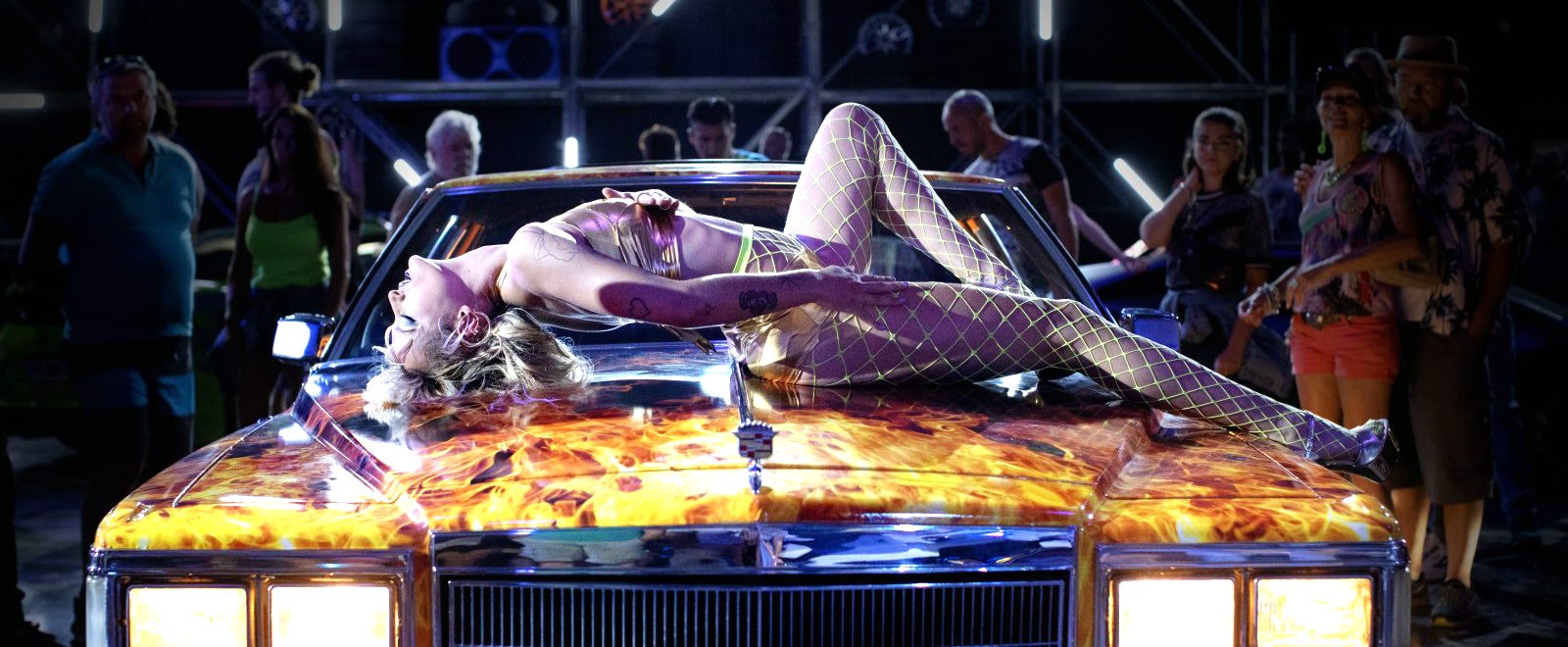


 ? Click on today’s Doodle, join one of the four color teams to contribute to the real-time global leaderboard, and let the games begin!
? Click on today’s Doodle, join one of the four color teams to contribute to the real-time global leaderboard, and let the games begin!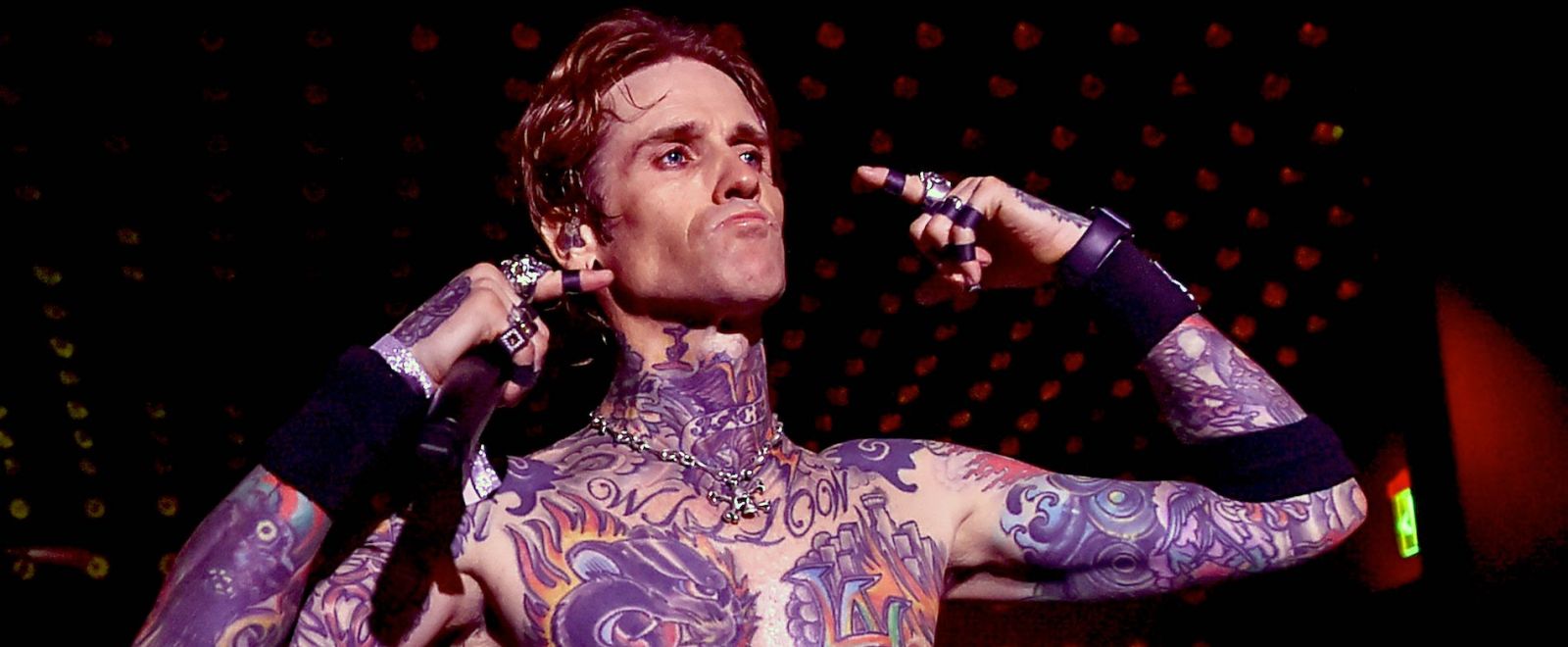


 (@bloodberry_tart)
(@bloodberry_tart) 

 SOB (Sam Of Boston)
SOB (Sam Of Boston)










 (@BelleAudiophile)
(@BelleAudiophile) 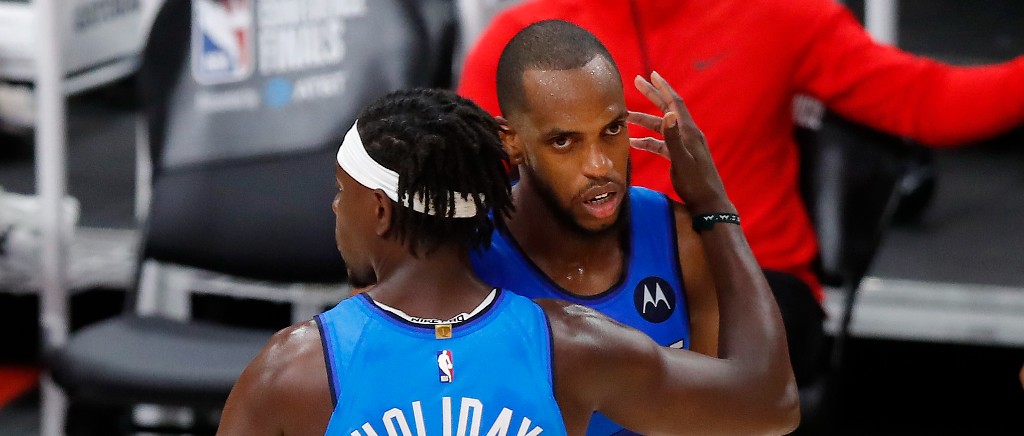
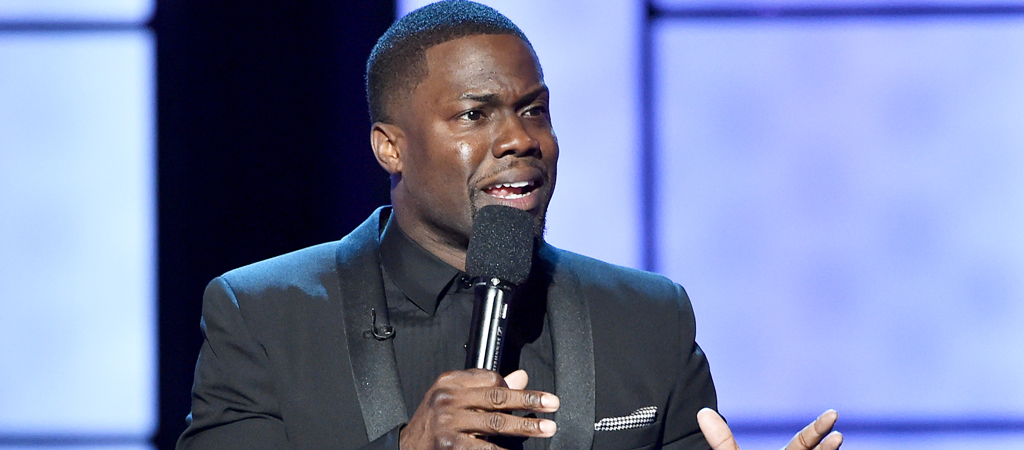




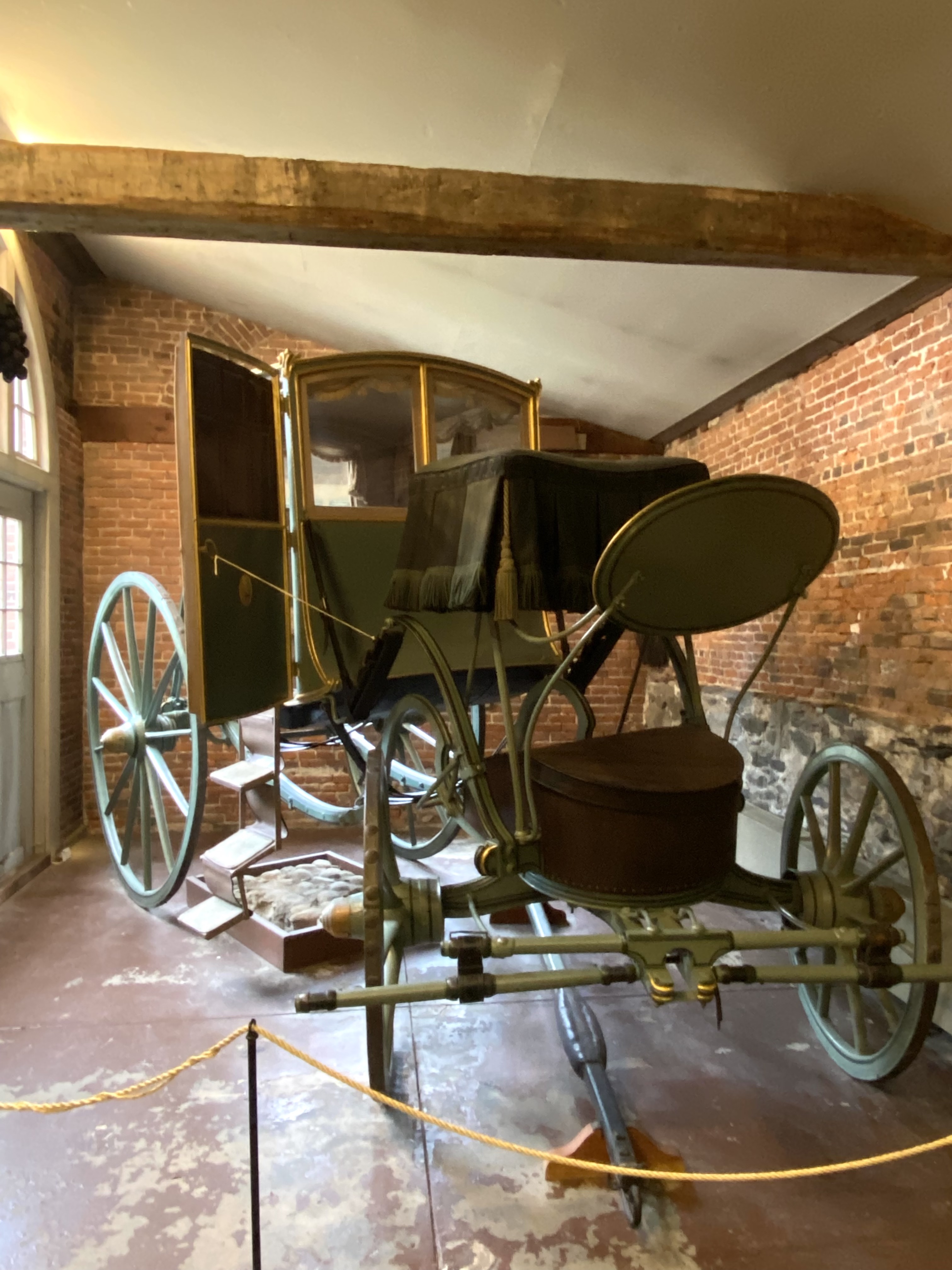

 The time has finally come. We are pleased to announce the
The time has finally come. We are pleased to announce the  Wristbands are on sale now:
Wristbands are on sale now: 
